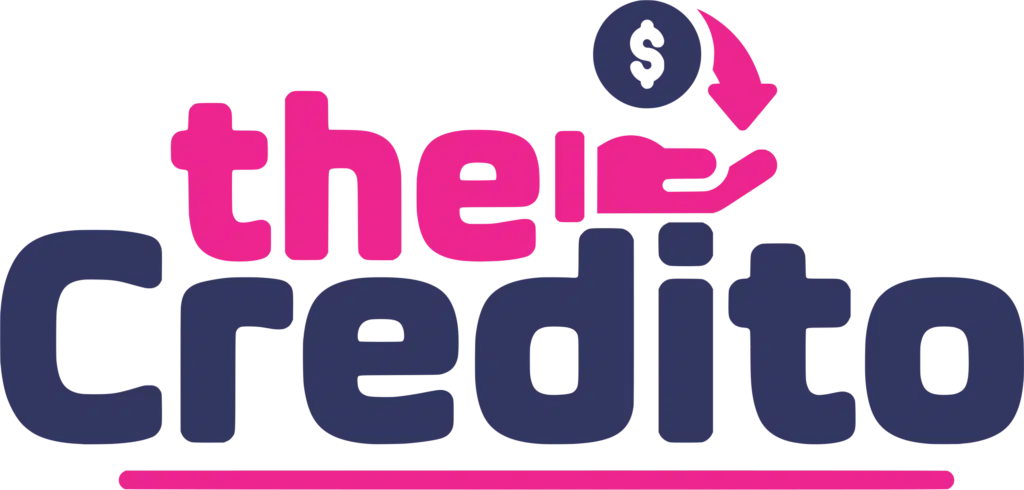The startup investment landscape in the United States is undergoing a massive transformation. For decades, access to funding was limited to those with connections to venture capital firms or angel investors. Now, with the rise of crowdfunding, the doors are open for entrepreneurs to pitch their ideas directly to the public, attracting thousands of individual investors who believe in their vision and are eager to be part of the journey.
This shift marks more than just a change in funding strategies—it redefines the very foundation of entrepreneurship. With platforms enabling streamlined access to capital, startups no longer need to rely solely on institutional backing. Instead, they can harness the power of communities and build momentum from the ground up.
Understanding how crowdfunding works

Crowdfunding allows entrepreneurs to raise capital by reaching out to a large group of people—typically through online platforms—each contributing small amounts to help fund a project or business. Campaigns usually involve multimedia elements like videos, compelling stories, and clear financial projections to build trust and attract investors.
There are several models of crowdfunding, and each offers a different value proposition. Some are focused on delivering rewards, others on sharing equity, and some operate as donation or debt models. Understanding the distinction between these types is crucial for startups, as each model carries its own legal implications, and audience expectations.
Main types of crowdfunding models in the U.S.
In the U.S., crowdfunding has matured into a multi-faceted financing tool. Startups can select the model that best fits their industry, development stage, and financial goals. Each structure involves different levels of risk, legal responsibility, and investor relationship. Choosing the right fit can significantly improve the chances of a successful campaign.
- Rewards-based crowdfunding: supporters receive non-financial incentives such as early access to products or exclusive perks.
- Equity crowdfunding: investors receive a stake in the business, becoming partial owners and sharing in future profits.
- Debt crowdfunding: backers lend money and receive interest payments over time, with a structured repayment plan.
- Donation-based crowdfunding: contributors give money to support a cause or mission, without expecting any form of return.
Why more investors are choosing crowdfunding
Modern investors are increasingly drawn to crowdfunding because it gives them access to early-stage opportunities that were once reserved for wealthy individuals or institutional players. It allows them to support innovative products and ideas while building a diversified investment portfolio.
Legal milestones that enabled crowdfunding growth
The rise of crowdfunding in the U.S. wouldn’t have been possible without pivotal legislative changes. Before 2012, equity crowdfunding was not legally accessible to non-accredited investors. The passing of the JOBS Act (Jumpstart Our Business Startups Act) marked a turning point by allowing companies to publicly solicit investments and opening startup investing to the general public.
In 2016, Title III of the JOBS Act officially went into effect, enabling startups to raise capital from non-accredited investors through regulated crowdfunding platforms. Later updates raised the maximum annual raise to $5 million. These regulatory advancements gave entrepreneurs more freedom to fundraise while ensuring investor protections through compliance and disclosures.
How the JOBS act reshaped the crowdfunding landscape
The implementation of the JOBS Act revolutionized access to startup capital in the U.S., especially for small businesses that had been locked out of traditional financial networks. As a result, both startups and individual investors began to see crowdfunding as a viable and secure channel for economic opportunity.
- Legalized equity crowdfunding for non-accredited investors, expanding the investor base.
- Introduced compliance requirements to ensure transparency and accountability.
- Encouraged the rise of fintech platforms specializing in crowdfunding solutions.
- Increased the maximum funding threshold, making it a viable option for growth-stage startups.
Strategic advantages for startups
Crowdfunding offers benefits that go beyond capital. Startups gain access to a ready-made community of early adopters who can validate their ideas and provide valuable feedback. Campaigns also serve as powerful marketing tools, generating exposure across social media and traditional media outlets.
Challenges that entrepreneurs must navigate
Although crowdfunding presents enormous potential, it is not without challenges. Building and maintaining momentum during a campaign requires careful planning, compelling storytelling, and consistent communication. Many entrepreneurs underestimate the effort required and enter the process unprepared.
Tips to maximize crowdfunding campaign success
Launching a successful crowdfunding campaign requires much more than uploading a video and hitting “publish.” A clear vision, backed by data and a strong narrative, can be the difference between a campaign that soars and one that stalls.
- Build a pre-launch audience through email lists and social engagement before the campaign goes live.
- Create a compelling campaign video that clearly explains your product and your team’s vision.
- Offer tiered rewards or investment options that appeal to a wide range of backers.
- Establish a clear communication plan to provide regular updates and engage with supporters.
- Set realistic funding goals and deliver on promises to build long-term trust and credibility.
Notable crowdfunding success stories
Crowdfunding has already propelled several startups into mainstream success, proving its legitimacy as a funding model. One of the most prominent examples is Oculus VR, which raised over $2 million through Kickstarter before being acquired by Facebook for $2 billion.
BrewDog, a craft beer company, also used equity crowdfunding to great effect. By inviting fans to become shareholders, they raised millions of dollars while building a fiercely loyal customer base. These backers not only invested financially but also became advocates, helping expand the brand globally and solidify its market presence.
The future of startup investing through crowdfunding
The future of crowdfunding lies in personalization, automation, and trust. Platforms are leveraging technology to improve both the user experience and the accuracy of campaign performance. These trends are helping crowdfunding become a central force in the global startup economy.
- AI-powered tools are helping founders optimize campaigns and target the right audience.
- Blockchain integration offers added transparency and investor protection.
- Niche platforms are emerging to serve specific verticals like green tech or social impact.
- Cross-border crowdfunding is gaining traction, expanding global participation opportunities.
Final thoughts: crowdfunding as a force for inclusive innovation
Crowdfunding is doing more than just funding startups—it is reshaping the narrative around who gets to innovate and who gets to invest. It empowers entrepreneurs to bypass traditional limitations and gives investors a meaningful role in building the future.
Whether you’re a founder looking to launch your idea or an investor ready to back the next big thing, crowdfunding offers a powerful, personal, and accessible path forward. As this model continues to evolve, its influence on the future of entrepreneurship and investment in the United States will only grow stronger.

